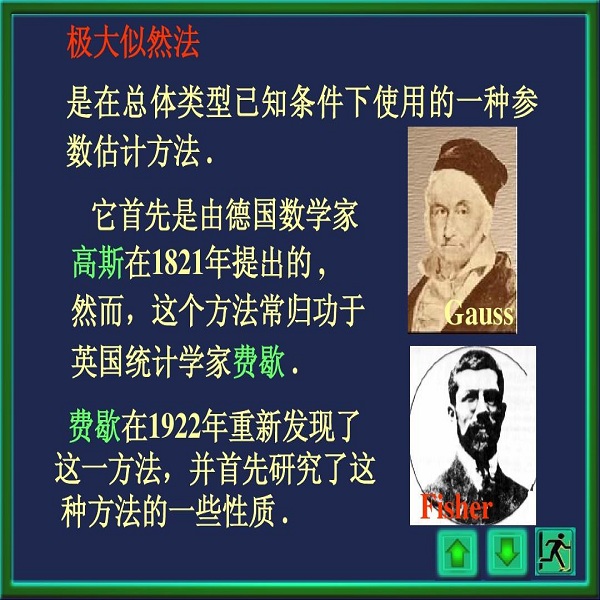Heatmap-based methods dominate in the field of human pose estimation by modelling the output distribution through likelihood heatmaps. In contrast, regression-based methods are more efficient but suffer from inferior performance. In this work, we explore maximum likelihood estimation (MLE) to develop an efficient and effective regression-based methods. From the perspective of MLE, adopting different regression losses is making different assumptions about the output density function. A density function closer to the true distribution leads to a better regression performance. In light of this, we propose a novel regression paradigm with Residual Log-likelihood Estimation (RLE) to capture the underlying output distribution. Concretely, RLE learns the change of the distribution instead of the unreferenced underlying distribution to facilitate the training process. With the proposed reparameterization design, our method is compatible with off-the-shelf flow models. The proposed method is effective, efficient and flexible. We show its potential in various human pose estimation tasks with comprehensive experiments. Compared to the conventional regression paradigm, regression with RLE bring 12.4 mAP improvement on MSCOCO without any test-time overhead. Moreover, for the first time, especially on multi-person pose estimation, our regression method is superior to the heatmap-based methods. Our code is available at https://github.com/Jeff-sjtu/res-loglikelihood-regression
翻译:以血压为基础的方法在人类表面估计领域占主导地位。相反,以回归为基础的方法效率更高,但表现较差。在这项工作中,我们探索了最大可能性估计(MLE),以发展一种高效和有效的回归方法。从MLE的角度来看,采用不同的回归损失正在对产出密度功能产生不同的假设。密度功能更接近于真实分布,从而导致更好的回归性表现。鉴于此,我们提议了一种新型回归模式,用残余的日志相似的刺激(RLE)来捕捉基本产出分布。具体地说,RLE学会学会了分配的变化,而不是未参照的基本分布,以便利培训进程。根据拟议的重新计量设计,我们的方法与现成的流模式是兼容的。拟议的方法是有效、高效和灵活的。我们用全面实验来显示其潜力,与传统的回归模式相比,与RLE相比,以12.4 mAP改进了MSCO公司的基本产出分布。具体来说,RLE学会学会学会了变化,而不是任何测试性的顶部。此外,我们现有的回校法方法就是我们的高级/制。



